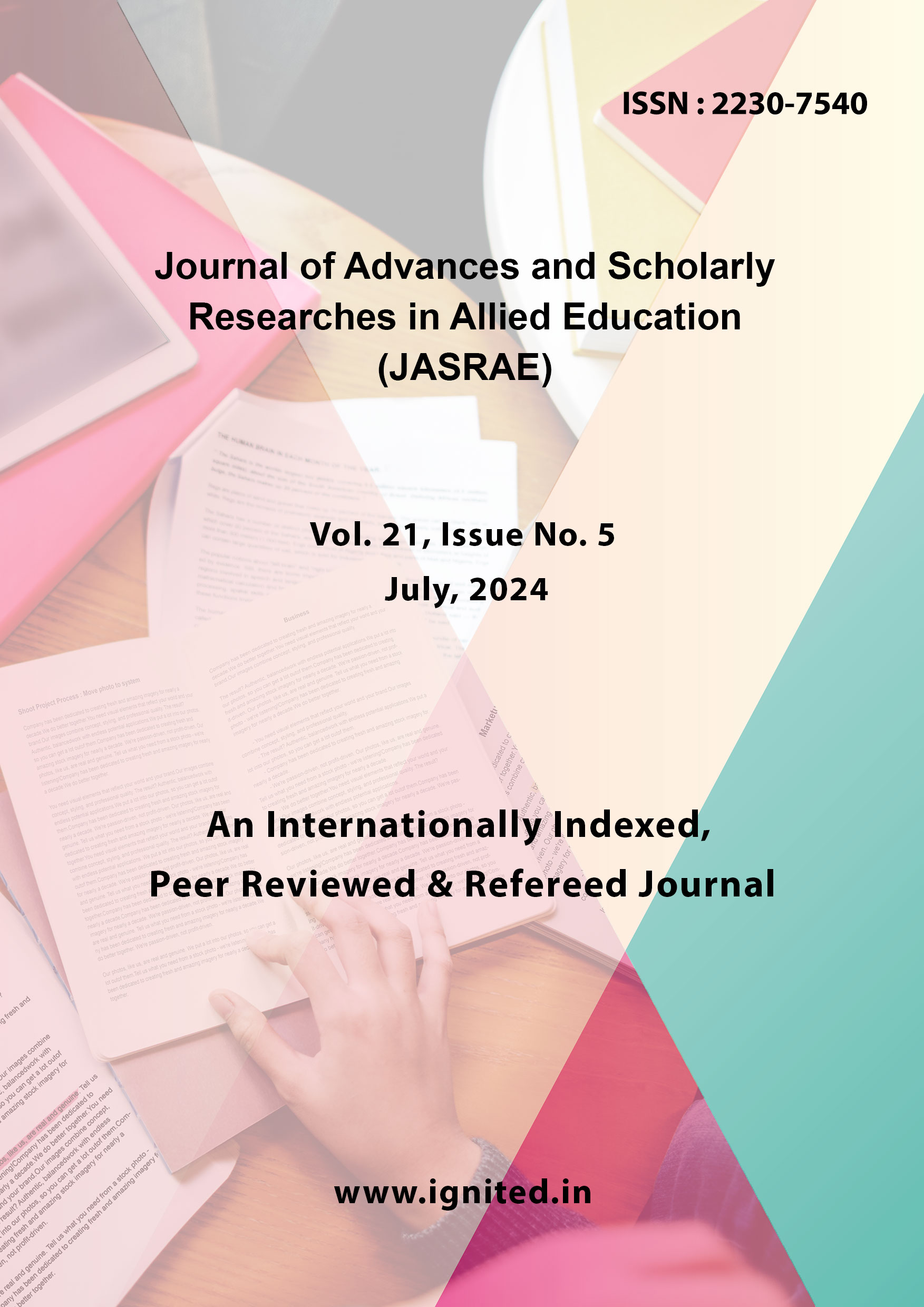Innovations in Pharmacovigilance: Leveraging Artificial Intelligence for Enhanced Drug Safety Monitoring
DOI:
https://doi.org/10.29070/q36yjh75Keywords:
Pharmacovigilance, Innovations, Leveraging Artificial Intelligence, Enhanced Drug Safety MonitoringAbstract
The technique of pharmacovigilance, which involves keeping an eye on how medical pharmaceuticals are working after they've been approved for use, is vital in making sure that drugs are safe to use. Novel approaches brought about by the advent of Artificial Intelligence (AI) have the potential to greatly improve pharmacovigilance by making ADR identification, evaluation, and prevention much more effective. This study delves into the most recent advancements in AI-driven pharmacovigilance, shedding light on how drug safety monitoring is being revolutionised by machine learning algorithms, natural language processing, and big data analytics. In this article, we will go over the pros, cons, and possible next steps for pharmacovigilance frameworks that use AI.
Downloads
References
Olsson S, Pal SN, Dodoo A. Pharmacovigilance in resource-limited countries. Expert Rev Clin Pharmacol. 2015;8(4):449–460.
Salvo, F., Micallef, J., Lahouegue, A., Chouchana, L., Létinier, L., Faillie, J. L., & Pariente, A. (2023). Will the future of pharmacovigilance be more automated?. Expert Opinion on Drug Safety, 22(7), 541-548.
Olsson, S., Pal, S. N., & Dodoo, A. (2015). Pharmacovigilance in resource-limited countries. Expert review of clinical pharmacology, 8(4), 449-460.
Doğan, R. I., Leaman, R., & Lu, Z. (2014). NCBI disease corpus: a resource for disease name recognition and concept normalization. Journal of biomedical informatics, 47, 1-10.
Sloane, R., Osanlou, O., Lewis, D., Bollegala, D., Maskell, S., & Pirmohamed, M. (2015). Social media and pharmacovigilance: a review of the opportunities and challenges. British journal of clinical pharmacology, 80(4), 910-920.
Skentzos, S., Shubina, M., Plutzky, J., & Turchin, A. (2011). Structured vs. unstructured: factors affecting adverse drug reaction documentation in an EMR repository. In AMIA annual symposium proceedings (Vol. 2011, p. 1270). American Medical Informatics Association.
Chen, R., Zhang, Y., Dou, Z., Chen, F., Xie, K., & Wang, S. (2021). Data sharing and privacy in pharmaceutical studies. Current Pharmaceutical Design, 27(7), 911-918.
Chen, Y., Wang, Y., Wang, N., Xiang, Y., Zhang, R., Xiao, J., ... & Feng, B. (2021). Knowledge, attitude, and practice regarding pharmacovigilance among the general public in Western China: a cross-sectional study. Current Medical Research and Opinion, 37(1), 101-108.
Zhao, Y., Wang, T., Li, G., & Sun, S. (2018). Pharmacovigilance in China: development and challenges. International journal of clinical pharmacy, 40, 823-831.
Boland, M. R., & Tatonetti, N. P. (2015). Are all vaccines created equal? using electronic health records to discover vaccines associated with clinician-coded adverse events. AMIA Summits on Translational Science Proceedings, 2015, 196.
Barry, A., Olsson, S., Minzi, O., Bienvenu, E., Makonnen, E., Kamuhabwa, A., ... & Aklillu, E. (2020). Comparative assessment of the national pharmacovigilance systems in East Africa: Ethiopia, Kenya, Rwanda and Tanzania. Drug safety, 43(4), 339-350.
Murali, K., Kaur, S., Prakash, A., & Medhi, B. (2019). Artificial intelligence in pharmacovigilance: Practical utility. Indian Journal of Pharmacology, 51(6), 373-376.
Bate, A., & Stegmann, J. U. (2023). Artificial intelligence and pharmacovigilance: What is happening, what could happen and what should happen?. Health Policy and Technology, 12(2), 100743.
Liang, L., Hu, J., Sun, G., Hong, N., Wu, G., He, Y., ... & Gong, M. (2022). Artificial intelligence-based pharmacovigilance in the setting of limited resources. Drug Safety, 45(5), 511-519.
Salas, M., Petracek, J., Yalamanchili, P., Aimer, O., Kasthuril, D., Dhingra, S., ... & Bostic, T. (2022). The use of artificial intelligence in pharmacovigilance: a systematic review of the literature. Pharmaceutical medicine, 36(5), 295-306.
Kepuska, V., & Bohouta, G. (2018, January). Next-generation of virtual personal assistants (microsoft cortana, apple siri, amazon alexa and google home). In 2018 IEEE 8th annual computing and communication workshop and conference (CCWC) (pp. 99-103). IEEE.
Ball, R., & Dal Pan, G. (2022). “Artificial intelligence” for pharmacovigilance: ready for prime time?. Drug safety, 45(5), 429-438.
Aronson, J. K. (2022). Artificial intelligence in pharmacovigilance: an introduction to terms, concepts, applications, and limitations. Drug Safety, 45(5), 407-418.











